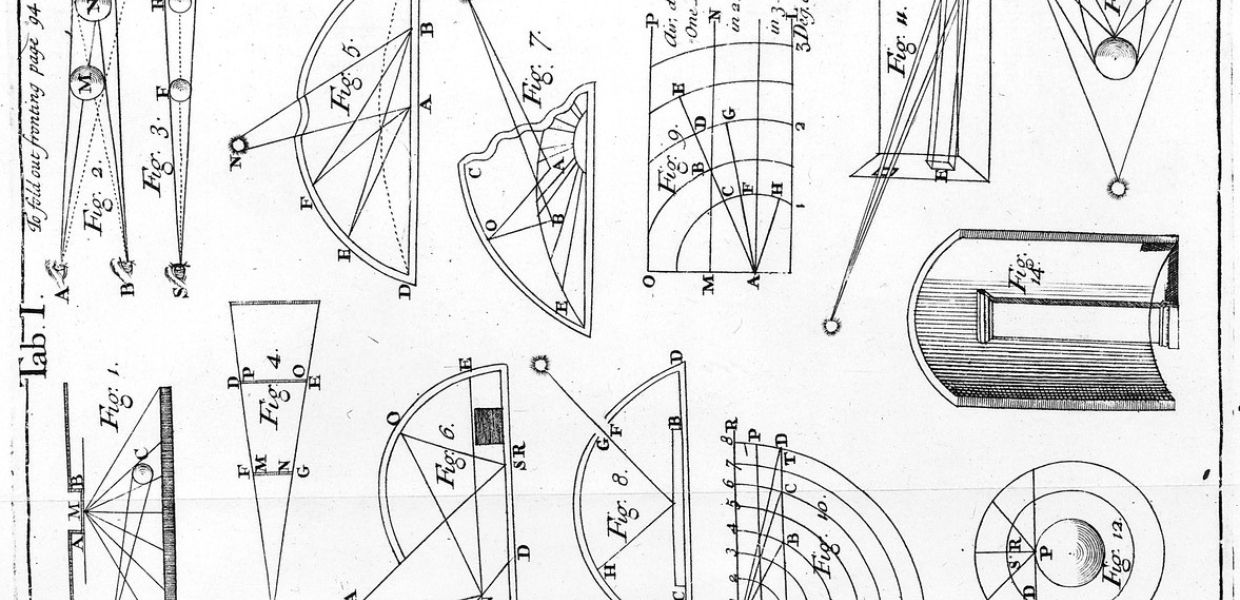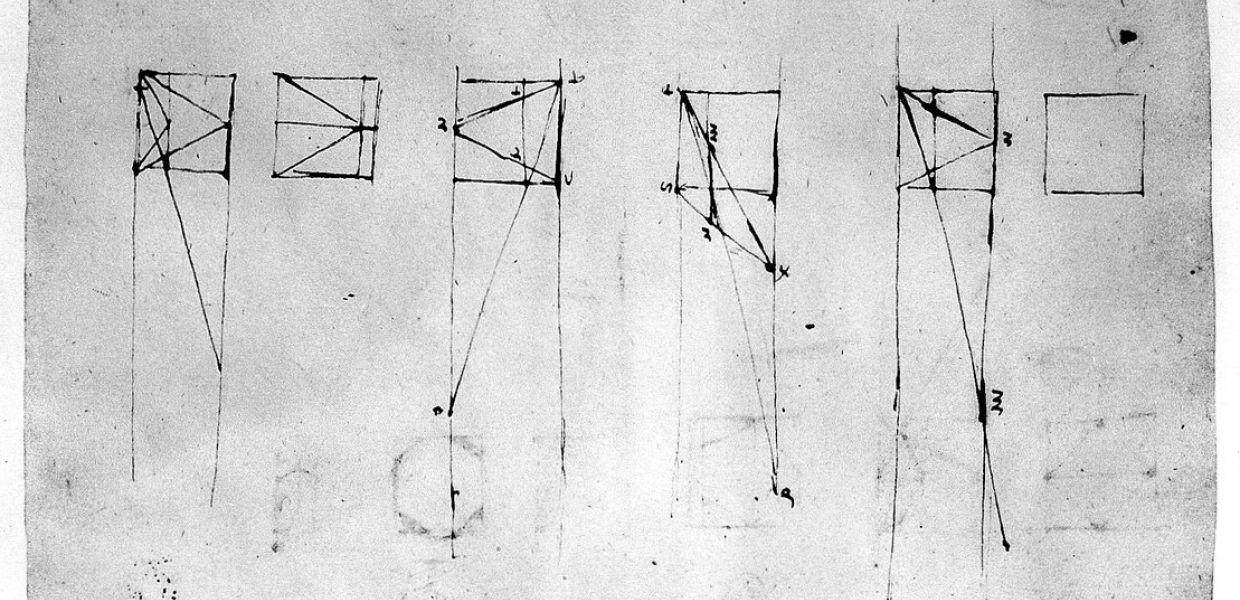Just a few months on from the third EuropeanaTech international conference in May 2018, it’s become more apparent than ever just how important the EuropeanaTech community is to Europe and the world’s rapidly evolving technical landscape that offers millions access to digitised cultural heritage.
The evolution of a community
The EuropeanaTech community was born out of the EuropeanaConnect project which ran from 2009-2011. From then, the EuropeanaTech community has been under the responsibility of the Europeana Research and Development (R&D) team, The Netherlands Institute for Sound and Vision and an invaluable rotating cast of R&D partners (Humboldt, ONB, Sheffield, INESC-ID, AIT).
The beauty of EuropeanaTech is that the community operates as a diverse technical network. EuropeanaTech serves as an umbrella body: everyone can come together to ask questions, share projects and transfer knowledge. Further, the community is so diverse and large that people and institutes that are part of the community are always engaged in interesting research, publishing new insights and presenting their work around the world.
Due to the ever-expanding constituency of EuropeanaTech, at the June 2018 Members Council Meeting, those behind EuropeanaTech along with members of the Members Council took a different perspective and began to collectively reexamine the shape of the community, the areas of focus within it, and how we can further empower and engage members. The meeting and the follow-up conversations that occurred since have been a wonderful catalyst for moving forward and will serve to strengthen the community in the future.



